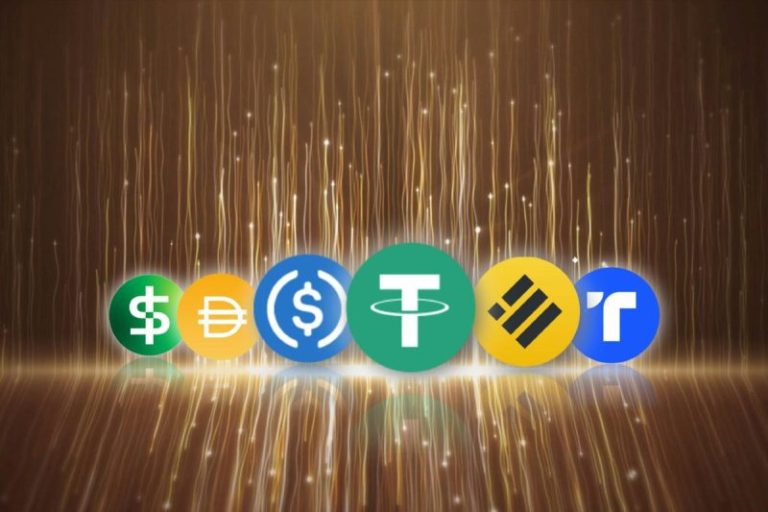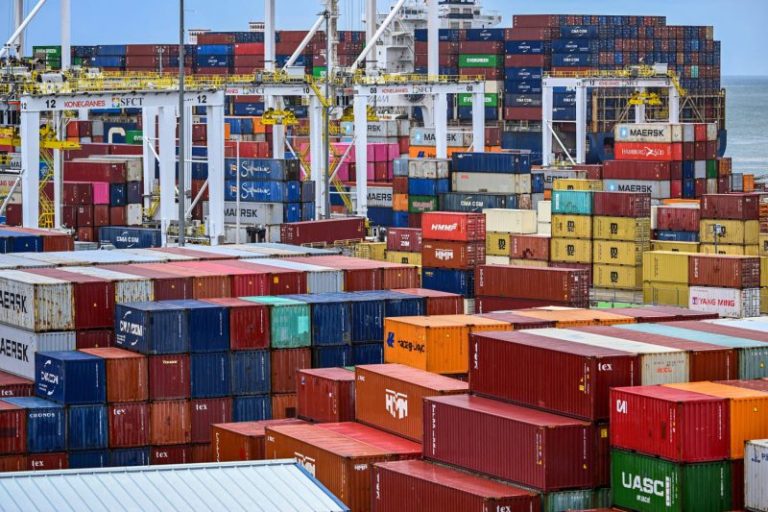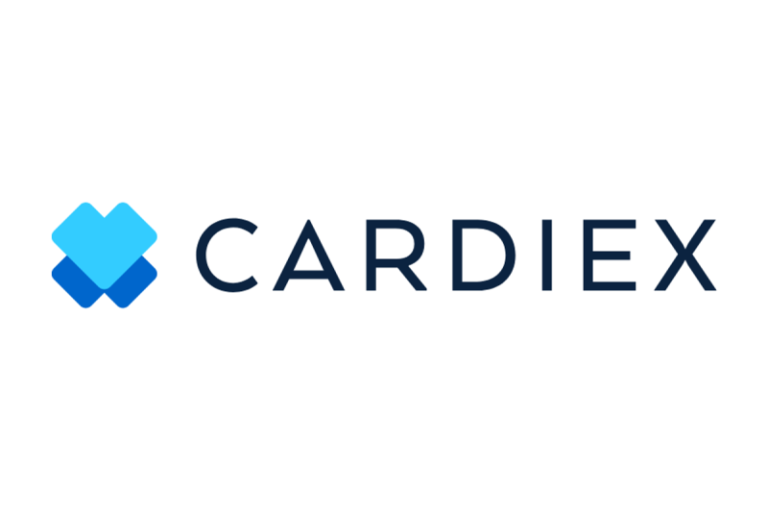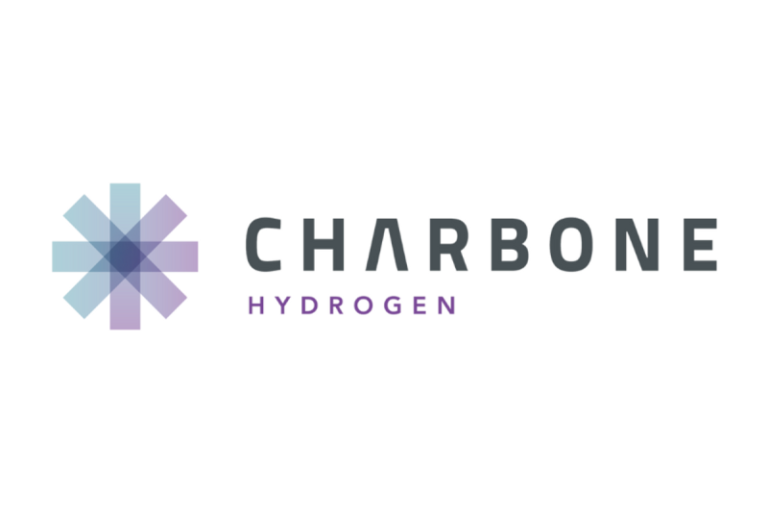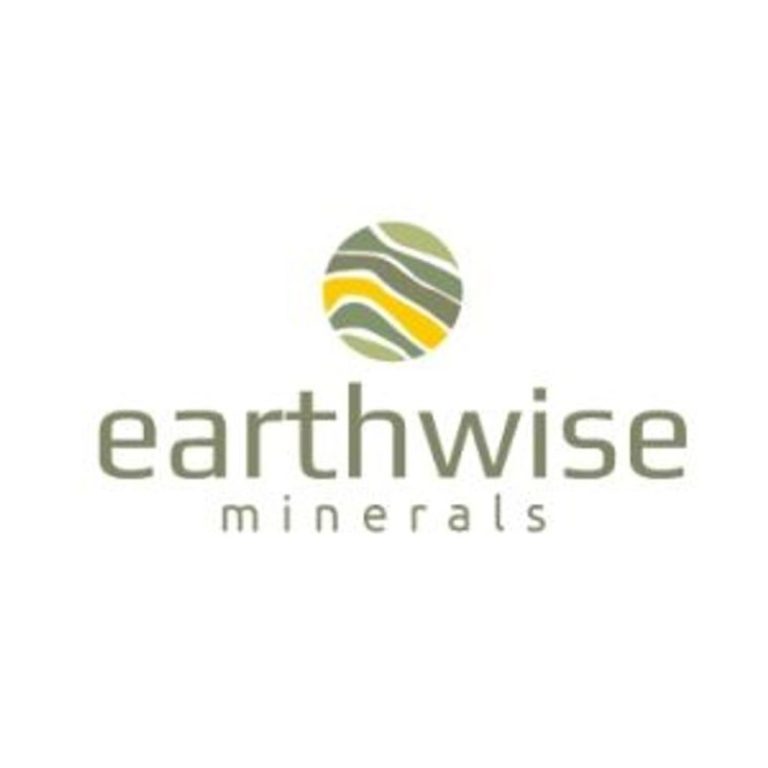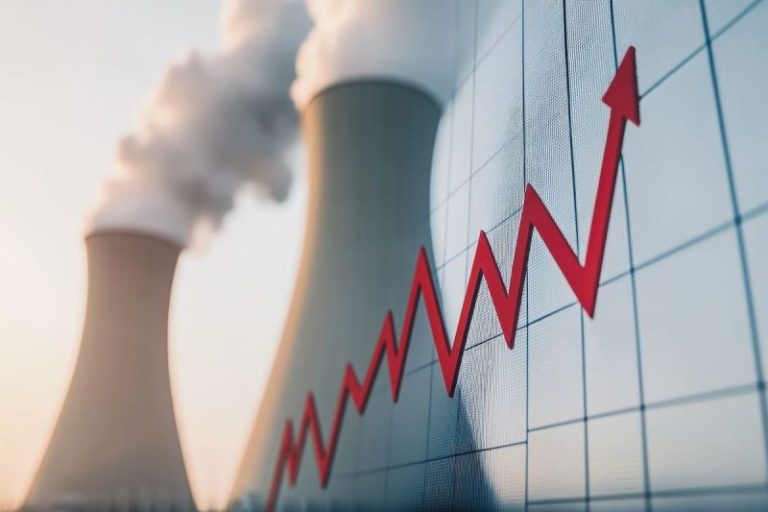The de minimis exemption, an obscure trade law provision that has simultaneously fueled and eroded businesses across the globe, officially came to an end on Friday following an executive order by President Donald Trump.
For nearly a decade, shipments valued under $800 were allowed to enter the country virtually duty free and with less oversight. Now, those shipments from the likes of Tapestry, Lululemon and just about any other retailer with an online presence will be tariffed and processed in the same way that larger packages are handled.
In May, Trump ended the exemption for goods coming from China and Hong Kong, and on July 30 he expanded the rollback to all countries, calling it a “catastrophic loophole” that’s been used to evade tariffs and get “unsafe or below-market” products into the U.S.
The de minimis exemption had previously been slated to end in July 2027 as part of sweeping legislation passed by Congress, but Trump’s executive order eliminated the provision much sooner, giving businesses, customs officials and postal services less time to prepare.
“The ending of that under-$800-per-person-per-day rule, from a global perspective, is about to probably cause a bit of pandemonium,” said Lynlee Brown, a partner in the global trade division at accounting firm EY. “There’s a financial implication, there’s an operational implication, and then there’s pure compliance, right? Like, these have all been informal entries. No one’s really looked at them.”
Already, the sudden change has snarled supply chains from France to Singapore and led post offices across the world to temporarily suspend shipments to the U.S. so they can ensure their systems are updated and able to comply with the new regulations.
It’s forced businesses both large and small to rethink not just their supply chains, but their overall business models, because of the impact the change could have on their bottom lines — setting off a panic in board rooms across the country, logistics experts said.
“Obviously it’s a big change for operating models for companies, not just the Sheins and the Temus, but for companies that have historically had e-com and brick-and-mortar stores,” Brown said.
The change also means consumers, already are under pressure from persistent inflation and high interest rates, could now see even higher prices on a wide range of goods, from Colombian bathing suits to specialty ramen subscription boxes shipped straight from Japan.
The end of de minimis could cost U.S. consumers at least $10.9 billion, or $136 per family, according to a 2025 paper by Pablo Fajgelbaum and Amit Khandelwal for the National Bureau of Economic Research. The research found low-income and minority consumers would feeling the biggest impact as they rely more on the cheaper, imported purchases.
Popularized by Chinese e-tailers Shein and Temu, use of the de minimis exemption has exploded in the last decade, ballooning from 134 million shipments in 2015 to over 1.36 billion in 2024. Prior to the recent change to limit its use, U.S. Customs and Border Protection said it was processing over 4 million de minimis shipments into the country each day.
A 2023 House report found more than 60% of de minimis shipments in 2021 came from China, but because the packages require less information than larger containers, very little information is known about their origins and the types of goods they contain. That opacity is one of the key reasons why both former President Joe Biden and Trump sought to curtail or end the exemption.
Both administrations have said the exemption was overused and abused and that it’s made it difficult for CBP officials to target and block illegal or unsafe shipments coming into the U.S. because the packages aren’t subject to the same level of scrutiny as larger containers.
“We didn’t have any compliance information … on those shipments, and then that is where the danger of drugs and whatnot being in those shipments” comes in, said Irina Vaysfeld, a principal in KPMG’s trade and customs practice.
The Biden administration particularly focused on how the exemption allowed goods made with forced labor to make it into the country in violation of the Uyghur Forced Labor Protection Act. Meanwhile, Trump has said the exemption has been used to ship fentanyl and other synthetic opioids into the U.S. In a fact sheet published on July 30, the White House said 90% of all cargo seizures in fiscal 2024, including 98% of narcotics seizures and 97% of intellectual property rights seizures, originated as de minimis shipments.
Across the globe, it’s common for countries to allow low-value shipments to be imported duty-free as a means to streamline and facilitate global trade, but typically, it’s for packages valued around $200, not $800, said EY’s Brown.
Until 2016, the U.S.’s threshold for low-value shipments was also $200, but it was changed to $800 when Congress passed the Trade Facilitation and Trade Enforcement Act, which sought to benefit businesses, U.S. consumers and the overall U.S. economy, according to the Congressional Research Service. It said higher thresholds provide a “significant economic benefit” to both business and shoppers and thus, the overall economy.
While well-intentioned, the law came with unintended consequences, said Brown.
The “rise in value, from $200 to $800, just made it kind of like a free for all to say, OK, everything come in,” she said.
Eventually companies designed supply chains around the exemption: They set up bonded warehouses, where duties can be deferred prior to export, in places like Canada and Mexico and then imported goods in bulk to those regions before sending them across the border one by one, duty free, as customer orders rolled in, said Brown.
“Companies have really laid out their supply chain in a very specific way [around de minimis] and that’s really the crux of the issue,” said KPMG’s Vaysfeld. “The way that the supply chain has been laid out now may need to change.”
Until the rise of Shein and Temu, the de minimis exemption was rarely discussed in retail circles. Soon, the e-commerce behemoths began facing widespread criticism for their use of what many called a loophole.
In 2023, the House Select Committee on the Chinese Communist Party released a report on Shein and Temu and said the two companies were “likely responsible for more than 30 percent of all packages shipped to the United States daily under the de minimis provision, and likely nearly half of all de minimis shipments to the U.S. from China.”
The revelation sparked widespread consternation among retail executives, lobbyists and government officials who said the companies’ use of the exemption was unfair competition.
However, behind closed doors, companies large and small began mimicking the same model after realizing how it could reduce the steep costs that come along with selling goods online.
Direct-to-consumer companies that only have online presences have relied on it more heavily, so much so that their businesses may not work without it, said Vaysfeld.
“Some of the companies we’ve spoken to, they’ve modeled out, if the tariffs continue for one year, for two years, how does that impact their profitability, and they know how long they can last,” said Vaysfeld. “These aren’t the huge companies, right? These are the smaller companies … Depending on what country they’re sourcing from or where they’re manufacturing, it could really impact their profitability that they can’t stay in business for the long term.”
While smaller, digital companies are more exposed, “pretty much most companies that you can think of” had been using the exemption in some form before it ended, said Vaysfeld.
Take Coach and Kate Spade’s parent company Tapestry: About 13% to 14% of the company’s sales were previously covered under de minimis and will now be subject to a 30% tariff, according to an estimate by equity research firm Barclays.
On the company’s earnings call earlier this month, Chief Financial Officer Scott Roe said tariffs will hit its profits by a total of $160 million this year, including the impact of the end of de minimis. That amounts to about 2.3% of margin headwind, he said.
Shares of the company fell nearly 16% the day that Tapestry reported the profit hit.
In a statement, Roe said Tapestry used de minimis to help support its strong online business, adding it is a practice that “many companies with sophisticated supply chains have been doing for years.”
To help offset its termination, he said Tapestry is looking for ways to reduce costs and is leaning on its manufacturing footprint across many different countries.
Canadian retailer Lululemon is another company that uses de minimis, according to Wells Fargo. Last week, the bank cut its price target on the company’s stock from $225 to $205, citing the end of de minimis. In the note, Wells Fargo analyst Ike Boruchow said the equity research firm sees a potential 90 cent to $1.10 headwind to Lululemon’s earnings per share from the de minimis elimination.
Lululemon declined to comment, citing the company’s quiet period ahead of its reporting earnings.
The National Retail Federation, the industry’s largest trade organization, has not taken a position in favor of or against the exemption. It has members who both supported and opposed the policy, said Jonathan Gold, vice president of supply chain and customs policy at NRF.
Retailers of all sizes, including independent sellers with digital storefronts, have used the approach as “a convenient way to get products to the consumer” for less, Gold said.
“Their costs are going to go up and those costs could be passed on to the consumer at the end of the day,” Gold said.
The most acute impact of the end of de minimis is expected to be felt on online marketplaces where millions of small businesses sell goods like Etsy, eBay and Shopify and used de minimis to defray costs when sending online orders from other parts of the globe to the U.S.
American shoppers have gotten used to buying artwork, coffee mugs, T-shirts and other items from merchants outside the country without paying duties. With that tariff exemption gone, consumers could face higher costs and a more limited selection of items to choose from.
Etsy, eBay and some other retailers sought to defend the loophole prior to its removal, submitting public comments on proposed de minimis regulation by the CBP. An eBay public policy executive said the company was concerned that restrictions to de minimis “would impose significant burdens on American consumers and importers.”
Etsy’s head of public policy, Jeffrey Zubricki, said the artisan marketplace supports “smart U.S. de minimis reform,” but that it was wary of changes that could “disproportionately affect small American sellers.”
“These exemptions are a powerful tool that help small creators, artisans and makers participate in and navigate cross-border trade,” Zubricki wrote in a March letter to CBP.
An Etsy spokesperson declined to comment on the policy change. Etsy CFO Lanny Baker said at a Bernstein conference in May that transactions between U.S. buyers and European sellers comprise about 25% of the company’s gross merchandise sales.
EBay didn’t immediately provide a comment in response to a request from CNBC. The company warned in its latest earnings report that the end of de minimis outside of China could impact its guidance, though CEO Jamie Iannone told CNBC in July that he believes eBay is generally “well suited” to navigate the shifting trade environment.
Some eBay and Etsy sellers based in the UK, Canada and other countries are temporarily closing off their businesses to the U.S. as they work out a plan to navigate the higher tariffs. Blair Nadeau, who owns a Canadian bridal accessories company, was forced to take that step this week.
“This is devastating on so many levels and millions of small businesses worldwide are now having their careers, passions and livelihoods threatened,” Nadeau wrote in an Instagram post on Tuesday. “Just this past hour I have had to turn away two U.S. customers and it broke my heart.”
Nadeau sells her bespoke wedding veils, jewelry and hair adornments through her own website and on Etsy, where 70% of her customer base is in the U.S. The de minimis provision had been a “lifeline” for many Canadian businesses to get their products in the hands of American consumers, Nadeau said in an interview.
“This is really hitting me,” Nadeau said. “It’s like all of a sudden 70% of your salary has been removed overnight.”
In the absence of de minimis, online merchants are faced with either paying import charges upfront and potentially passing those costs on to shoppers through price hikes, or shipping products “delivery duty unpaid,” in which case it’s the customer’s responsibility to pay any duties upon arrival.
Alexandra Birchmore, an artist based in the Cotswolds region of England, said she expects to raise the price of her oil paintings on Etsy by 10% as a result of paying the duties upfront.
“At the moment every small business forum I am on is in chaos about this,” Birchmore said. “It looks to me to be a disaster where no one benefits.”
The disruption could end up being a boon for the likes of Amazon and Walmart. U.S. consumers may turn to major retailers if they face steeper prices elsewhere, as well as potential shipping delays due to backlogs or other issues at the border.
Amazon, in particular, has already proven resilient after the U.S. axed the de minimis provision for shipments from China and Hong Kong in May. The company’s sales increased 13% in the three-month period that ended June 30, compared with 10% growth in the prior quarter. Amazon’s unit sales grew 12%, an acceleration from the first quarter.
Both Amazon and Walmart have fulfillment operations in the U.S. that allow overseas businesses to ship items in bulk and store them in the companies’ warehouses before they’re dispatched to shoppers. Shein and Temu largely eschewed the model in the past in favor of the de minimis exception, but they’ve since moved to open more warehouses in the U.S. in the wake of rising tariffs.
Since the exemption ended on Chinese imports in May, the impact on Shein and Temu has been swift. Temu was forced to change its business model in the U.S. and stop shipping products to American consumers from Chinese factories.
The end of de minimis, as well as Trump’s new tariffs on Chinese imports, also forced Temu to raise prices, reign in its aggressive online advertising push and adjust which goods were available to American shoppers.
The Financial Times reported on Tuesday that Temu has resumed shipping goods to the U.S. from Chinese factories and will also increase its advertising spend following what it called a “truce” between Washington and Beijing.
Temu didn’t return a request for comment.
Meanwhile, Shein has been forced to raise prices and daily active users on both platforms in the U.S. have fallen since the de minimis loophole was closed, CNBC previously reported. Temu’s U.S. daily active users plunged 52% in May versus March, while Shein’s were down 25%, according to data shared with CNBC by market intelligence firm Sensor Tower.
This post appeared first on NBC NEWS

